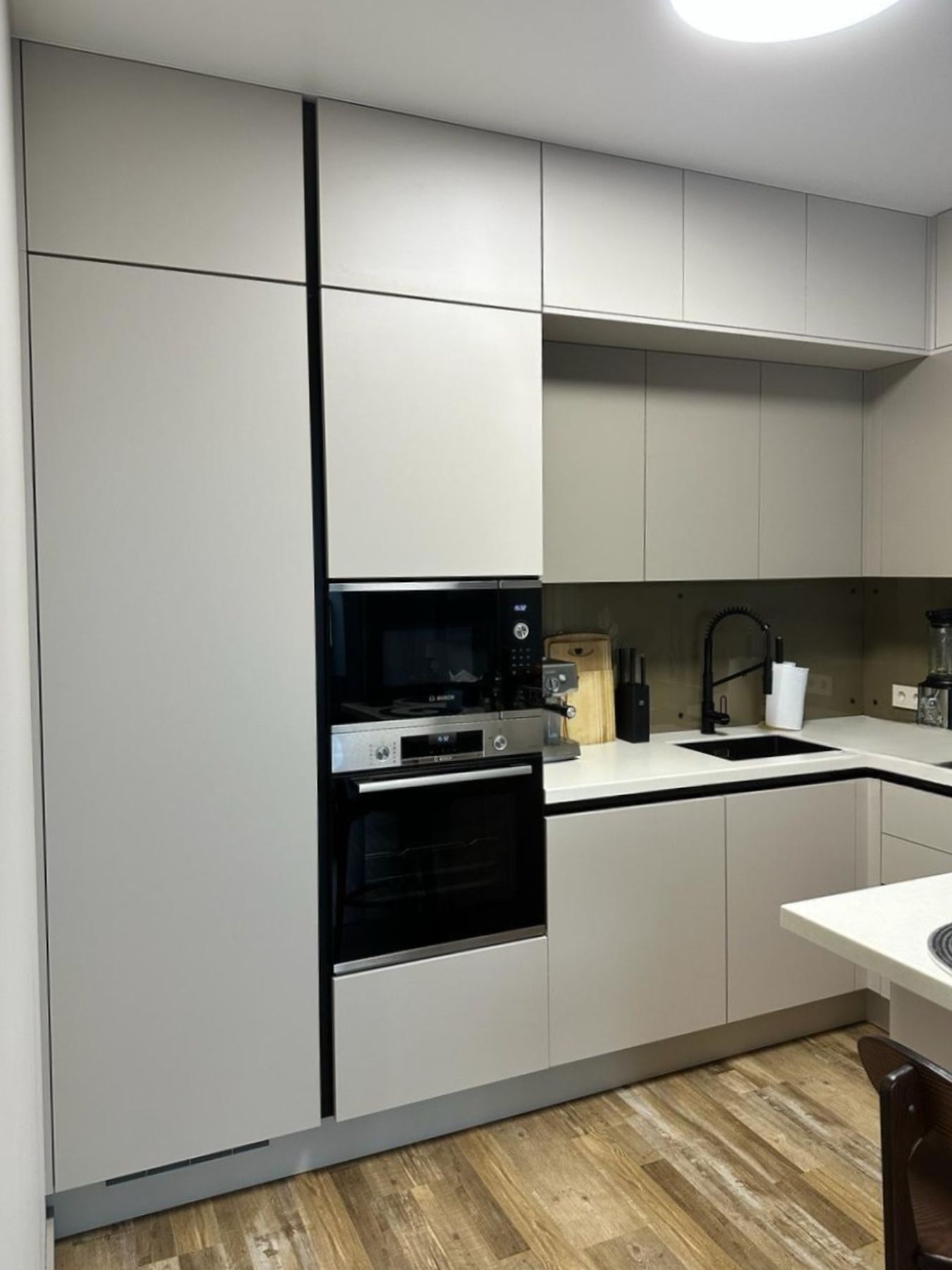
Introduction to Transformative Kitchen Design
When it comes to redesigning a kitchen space, transformative design not only renews the appearance but revolutionizes the way we interact with our culinary environments. It involves creating a space that is both aesthetically pleasing and highly functional, meeting the evolving needs of the modern homeowner. This article discusses the essential elements that contribute to a kitchen design that is both transformative and enduring.
Intelligent Use of Space
One of the most crucial elements of transformative kitchen design is the intelligent use of space. A well-designed kitchen maximizes efficiency and flow. This can include smart storage solutions like deep drawers for pots and pans, pull-out cabinets for spices, and cleverly hidden recycling bins. Incorporating corner units and overhead cabinets also makes use of potentially wasted spaces, ensuring that every inch of the kitchen is utilized to its full potential.
Ergonomic Considerations
Ergonomics play a pivotal role in transformative kitchen design. The layout should accommodate the 'kitchen triangle' principle, which connects the cooktop, sink, and refrigerator. This ensures that the kitchen is easy to navigate and minimizes unnecessary movement. Adjustable countertops and retractable shelves can also make the space more comfortable for users of different heights and abilities, promoting a universal design approach.
Lighting That Makes a Difference
Good lighting is essential in any kitchen design. It not only enhances the ambiance but also contributes to a safe and functional cooking environment. A combination of task, ambient, and accent lighting should be considered. Under-cabinet lights provide focused illumination for food prep areas, while pendant lights or chandeliers can create a warm and inviting space. Natural lighting should also be maximized where possible to make the space brighter and more energy-efficient.
Material Selection and Sustainability
The materials used in a transformative kitchen design are chosen not only for their aesthetic appeal but also for their durability and sustainability. Countertops made of quartz or recycled glass add beauty while being low maintenance and environmentally friendly. Choosing cabinetry finished with non-toxic paints and adhesives are another way to promote a healthy home environment. Additionally, selecting energy-efficient appliances contributes to the kitchen's sustainability and cost savings over time.
Technological Integration
Modern kitchens are increasingly becoming high-tech. Incorporating cutting-edge technology, such as smart appliances that can be controlled remotely, USB charging stations, and built-in touchscreens that display recipes or family calendars, is an essential aspect of a transformative kitchen design. These conveniences not only make the kitchen more efficient but also turn it into a hub of communication and control for the home.
Timeless Aesthetics
Even as it embraces modernity and functionality, a transformative kitchen should have a timeless appeal. This means selecting colors, patterns, and styles that won't date quickly. Neutral palettes with splashes of color, classic backsplash tile designs, and shaker- or flat-paneled cabinetry can all contribute to a look that will stand the test of time.
Conclusion: Bringing It All Together
A transformative kitchen design is much more than just a cosmetic facelift—it's a comprehensive overhaul that fuses beauty with practicality. From maximizing space and optimizing ergonomics to integrating technology and choosing sustainable materials, every detail is considered to create a kitchen that is both a joy to cook in and a centerpiece of the home. By focusing on these design essentials, your kitchen will not only meet the demands of today's lifestyle but will remain functional and appealing for years to come.